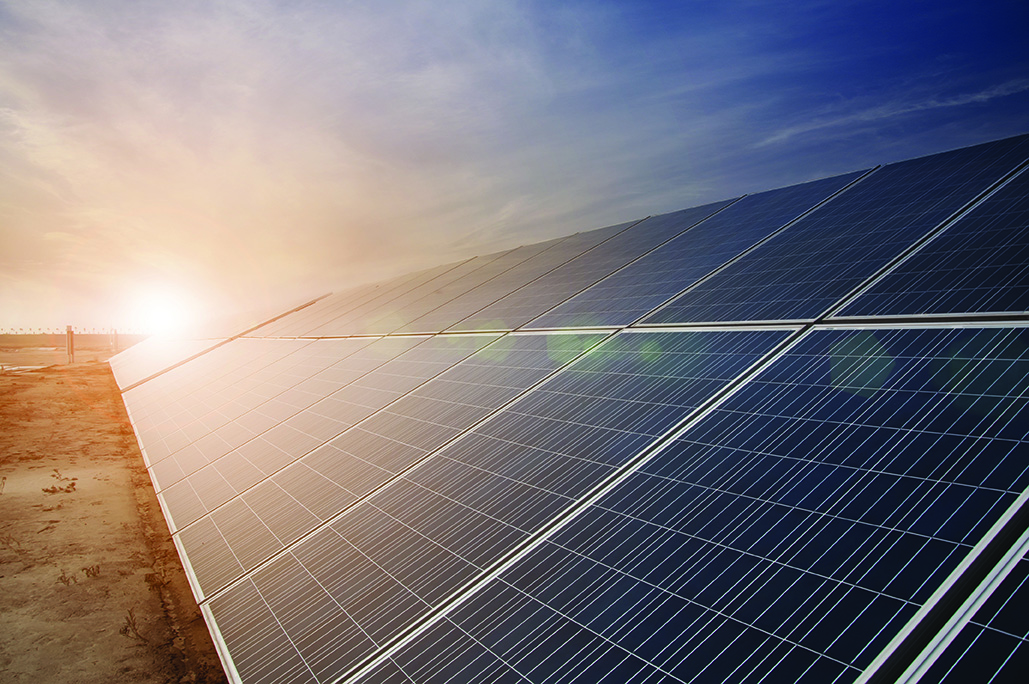Dalmia Cement joins RE100 with bold target
We Mean Business
Dalmia Cement has joined RE100 with an interim target to increase fourfold the percentage of renewables in its overall electricity consumption by 2030 compared to 2015. Here, Mr. Prashant Tripathy, Group Manufacturing Head, shares the company’s journey so far as a leading voice in the cement sector.
Why is Dalmia Cement working to become ‘100% renewable’?
“Sourcing renewable energy for our cement operations is not new to us. In 1993, when the total installed wind capacity in India was about 80 MW, Dalmia Cement commissioned a 16.5 MW wind farm in Tamil Nadu. Now, by becoming a RE100 member, we have reiterated our long-term ambition to upscale our renewable energy consumption, because we strongly believe that the future of renewable energy is bright and sustainable.”
How did you decide on your 100% goal?
“We are aiming to transition to 100% renewable energy. Considering we are operating in an energy intensive sector, the speed at which we can do this will depend on advancement of technologies and their affordability. However, as a first step, based on the current scenario of renewable energy technologies in India, we have set an ambitious target to increase fourfold our renewable energy consumption by 2030 compared to 2015.”
What progress have you made towards your 100% goal so far?
“At present, about 7% of the electricity sourced by Dalmia Cement is based on renewable electricity. This includes the energy we generate ourselves through installed solar power, as well as the share of renewable energy in the National Grid – our cement plants are mainly powered by captive power plants and regional grids.
“Overall, at Dalmia Bharat group level – which includes cement, power, sugar and refractories – about 40% of our installed power generation capacity is based on renewable power.”
What challenges and opportunities are you encountering?
“The biggest barrier towards renewable energy penetration today is the affordability of renewable energy for both generators and the consumer. This barrier will be overcome with the advancement of new technologies and making them available. We are hopeful that International Solar Alliance (ISA) initiative of the Government of India will provide the much needed economy of scale to make such new technologies affordable. Today, it is inevitable that we should discuss the clean and affordable together because if clean is affordable, its penetration can be ensured.”
What are your plans for switching to 100% renewable electricity going forward?
“We will take a step-by-step approach towards 100% renewable energy. Currently we are developing plans to meet our 2030 ambition to increase fourfold our renewable energy consumption percentage compared to 2015 levels. We have already started an assessment across all our plants, and will be taking small steps to meet this giant goal. Last year we added 5.5 MW solar PV capacity for our captive use.”
Why do you think it is important for companies to play a role in increasing demand for renewable electricity?
“We have witnessed the reducing price trends of renewable energy and the pace with which new research is taking place across the world. It surely indicates the significance of renewable energy in the coming decades. It is important to be part of this change, and help to make the globe green through our collective involvement.”
Why do you think RE100 is a good initiative to join?
“RE100 is well aligned with the UN Sustainable Development Goals and will also align with the sustainability roadmaps of companies. It provides ample flexibility to take steady steps towards a giant goal. The initiative has the potential to develop peer-to-peer learning and sharing of best practices taking place across the world.”
How else are you helping to drive forward the transition to a low carbon economy?
“The Indian cement industry is the first in the global cement sector to come-up with a sector specific Low Carbon Technology Roadmap on carbon intensity reduction. It is like a cement sector-specific INDC for India, with a long term target of reducing our carbon intensity in the range of 45% by 2050 (compared to 2010). Dalmia Cement has started phase II work towards this in our cement plants
“We are a leader in the global cement world by producing the lowest carbon intensity cement – our carbon footprint at group level was 493kg/ton of cementitious material (FY 2015-16) which is 20% less than the global cement average. We are also setting up a 10 MW Waste Heat Recovery project in one of our cement plants.
“We are delighted to be a member company of the EP100 campaign and aim to double our energy productivity by 2030 compared to 2010 levels.”

